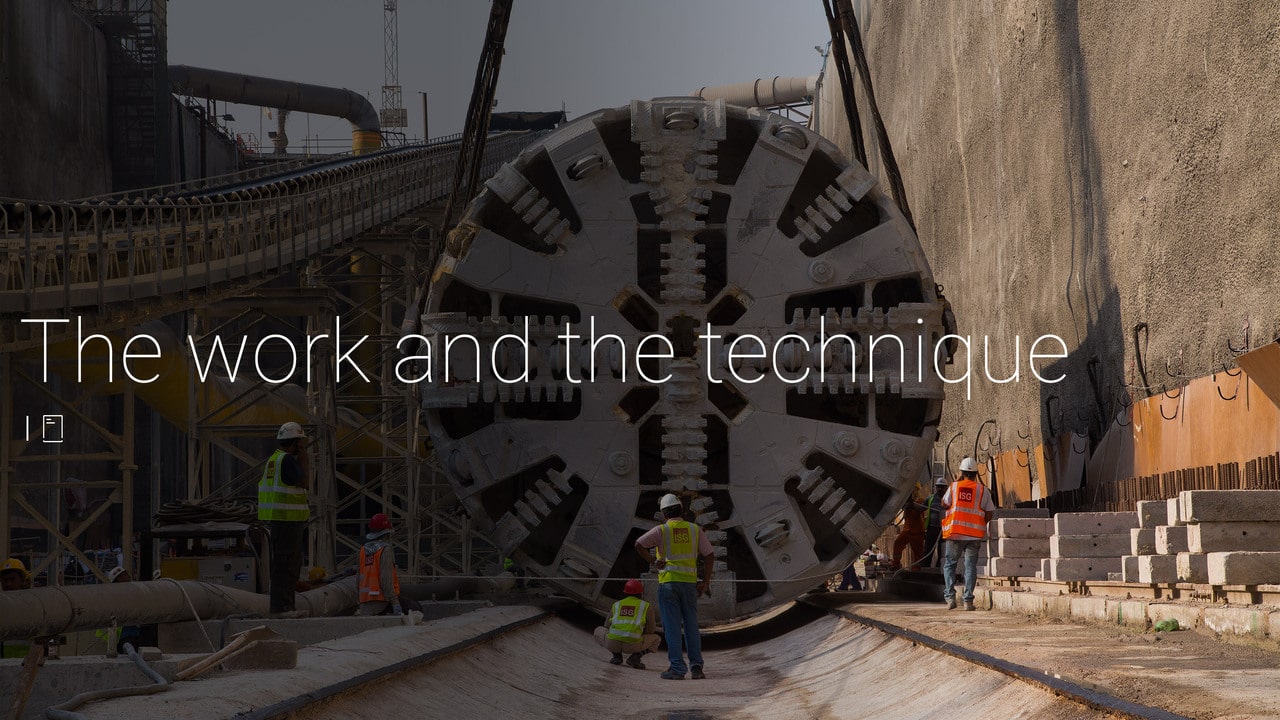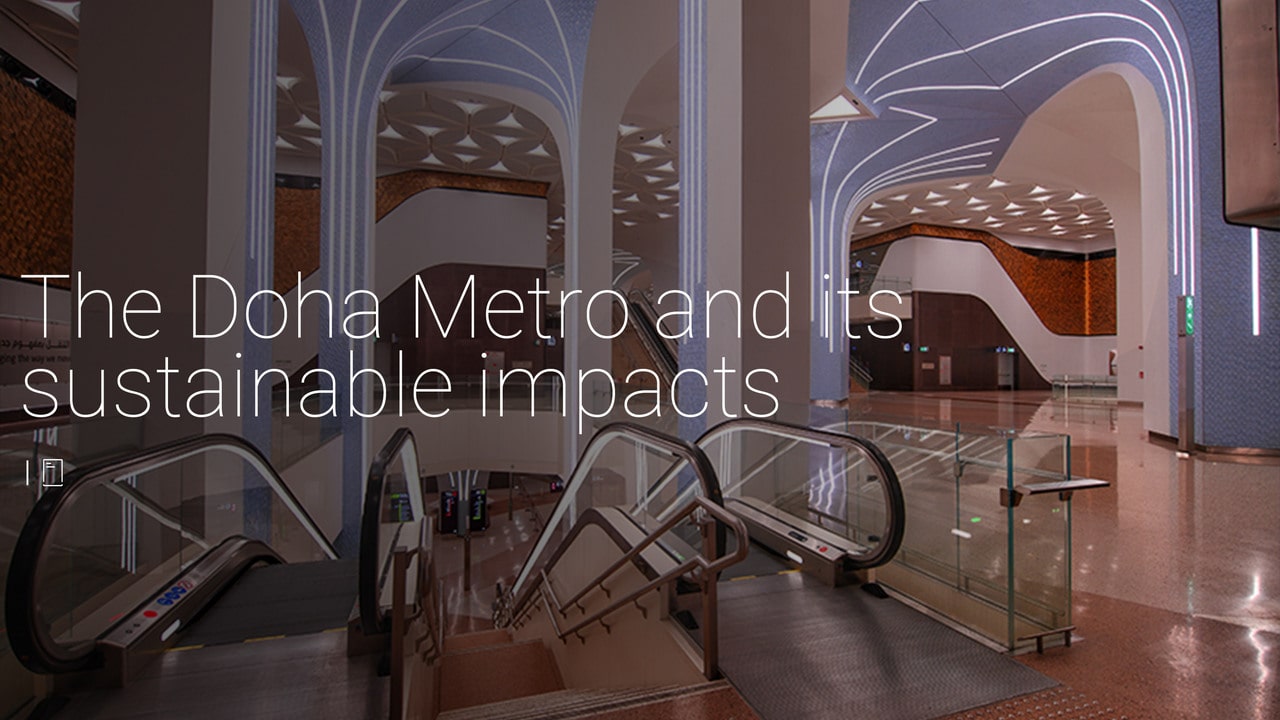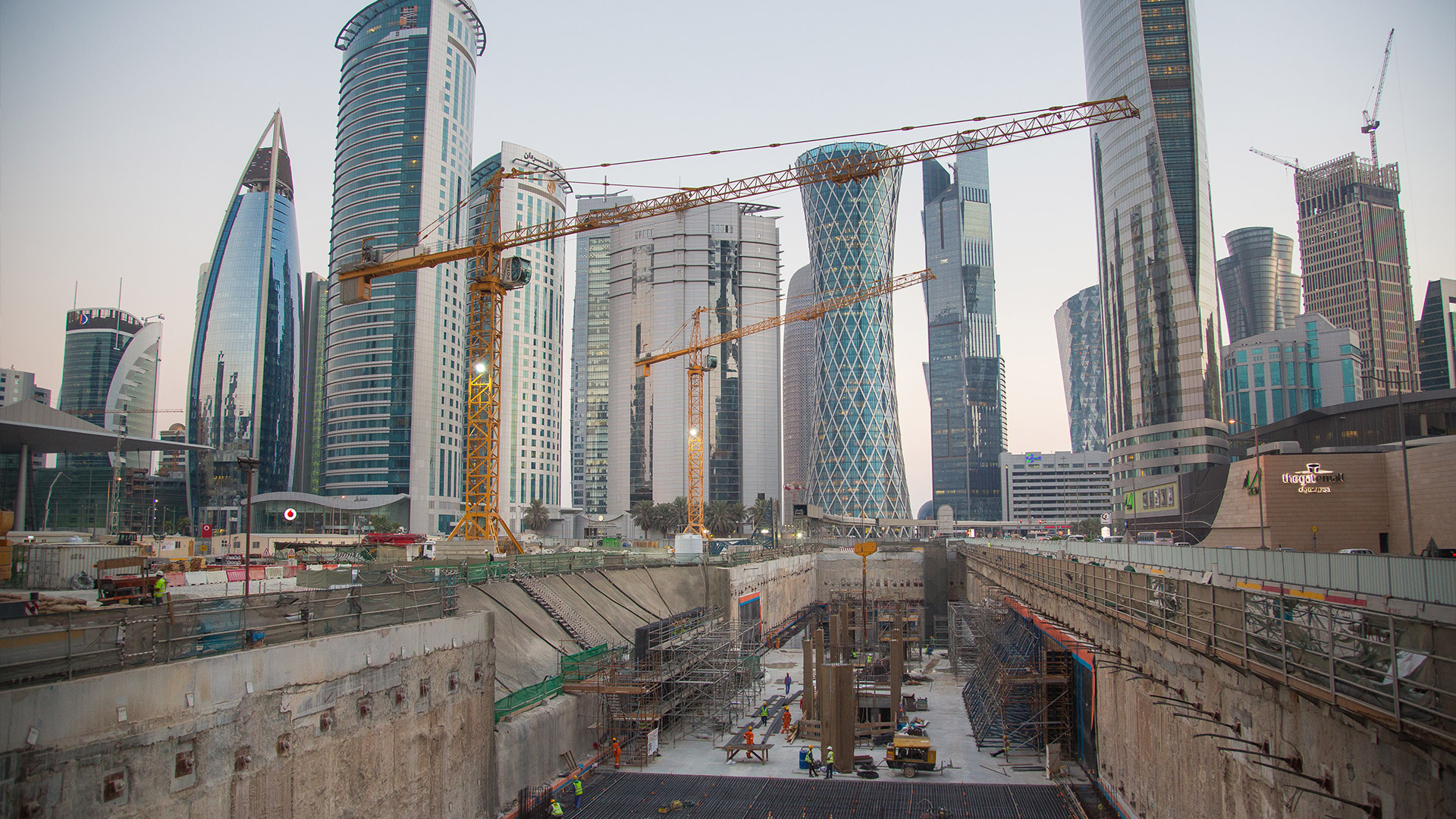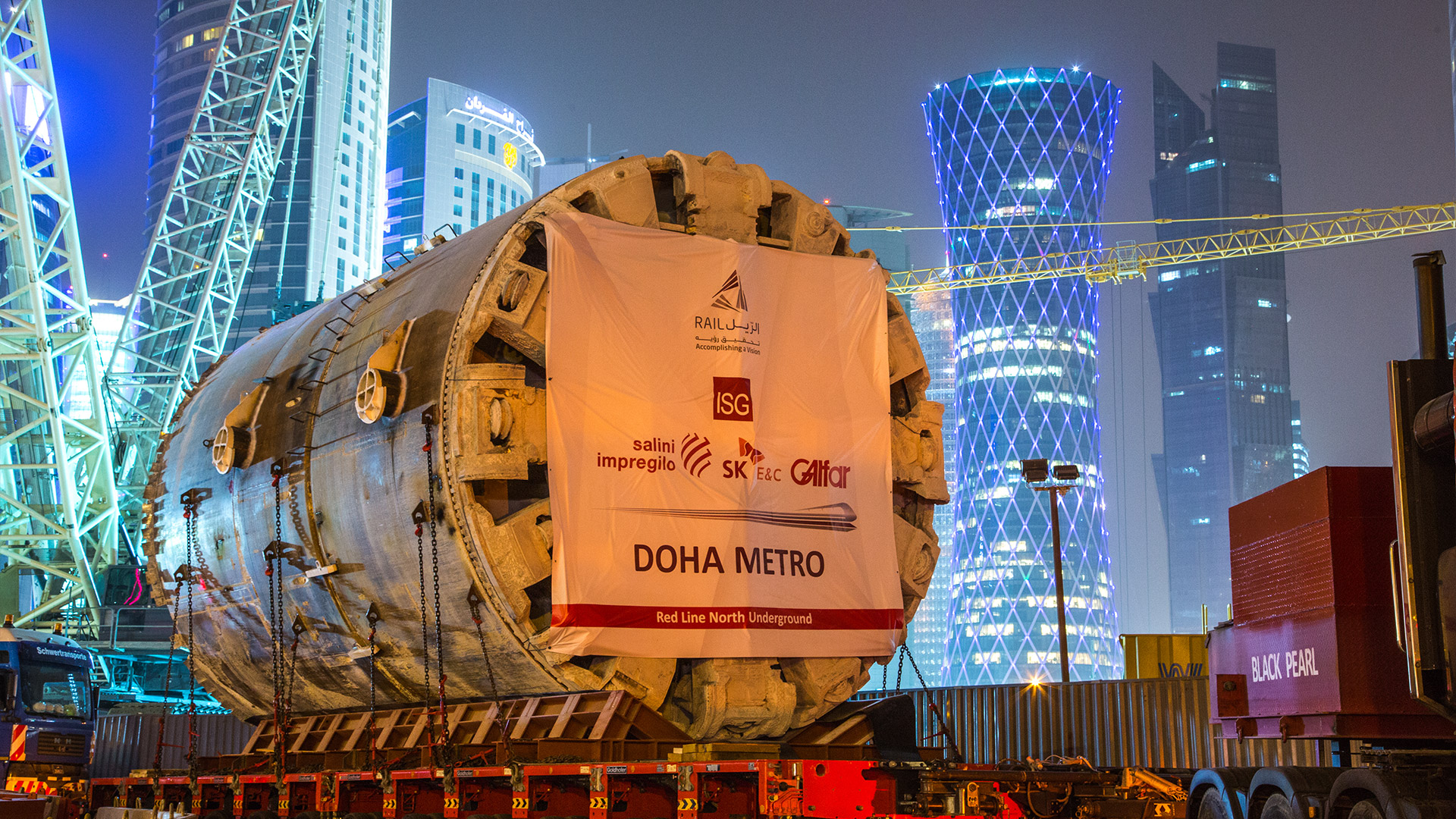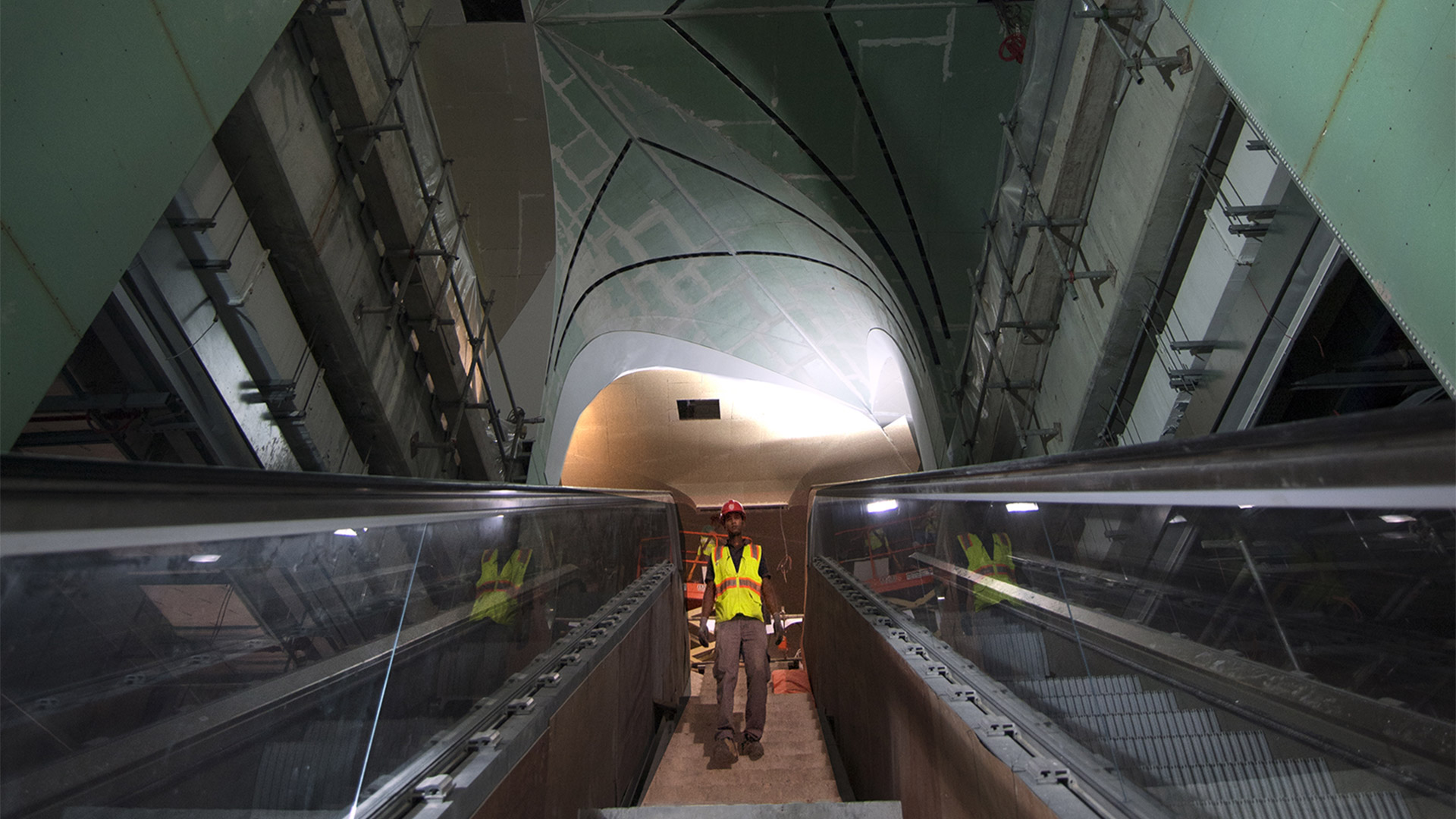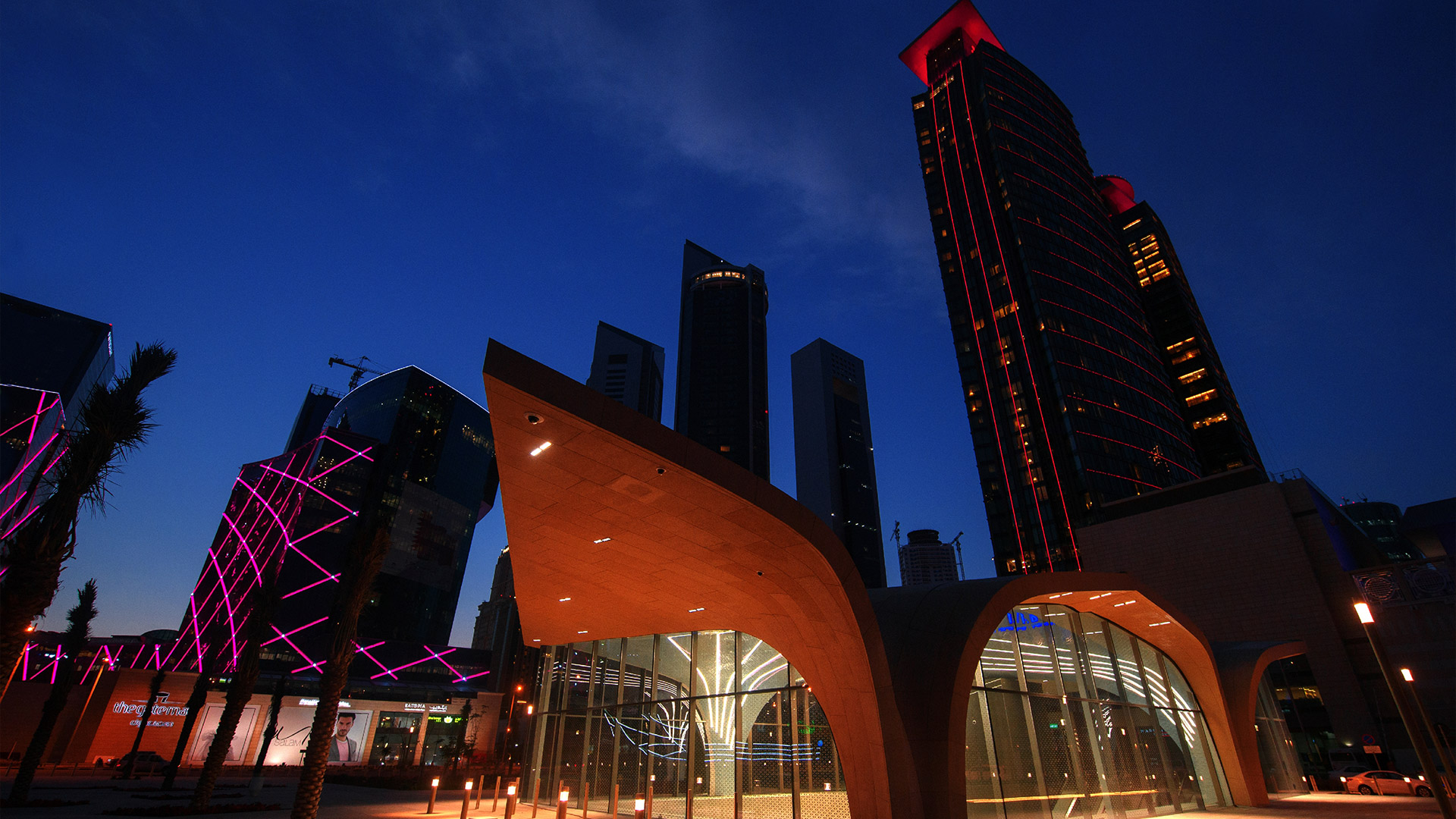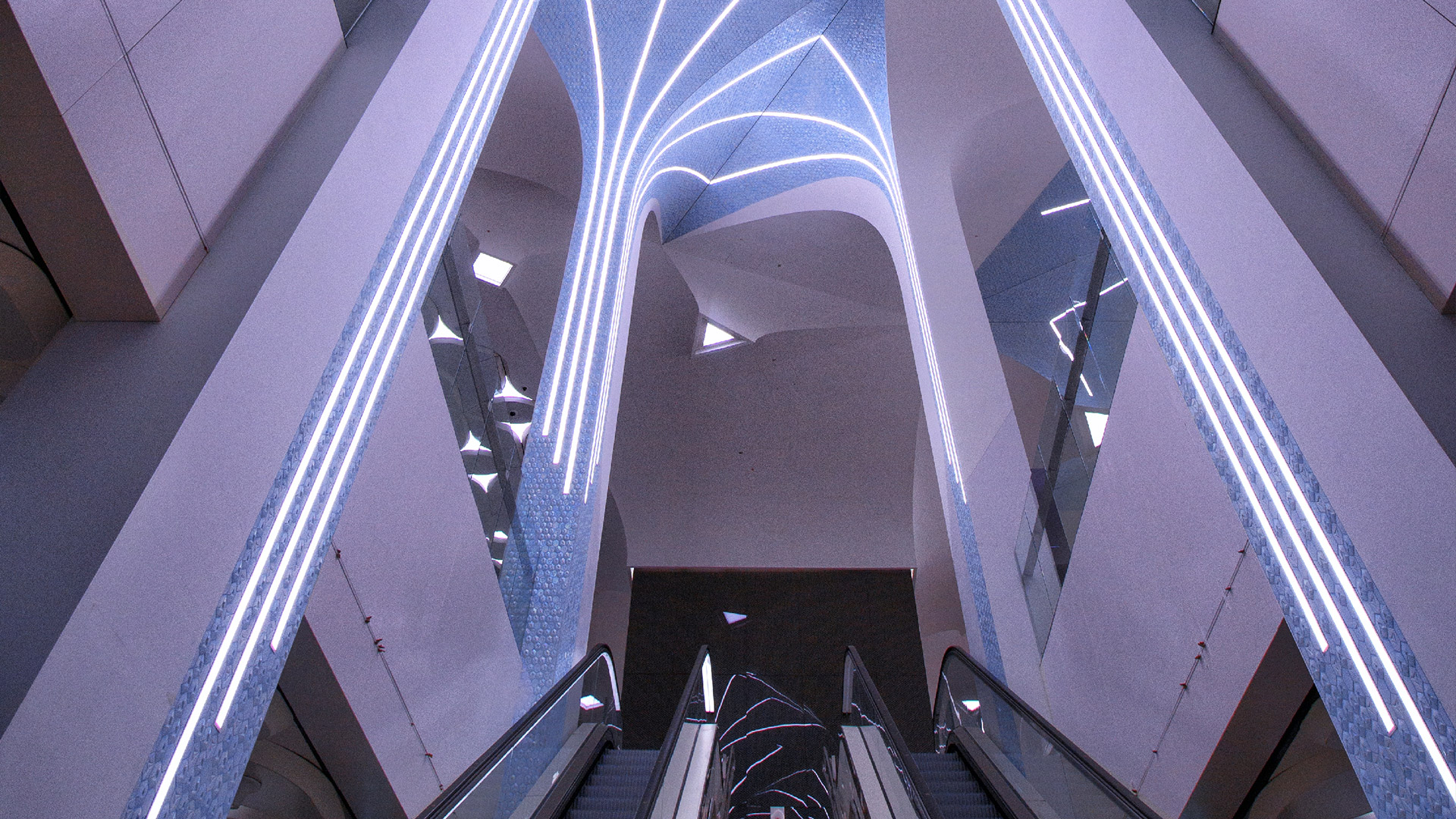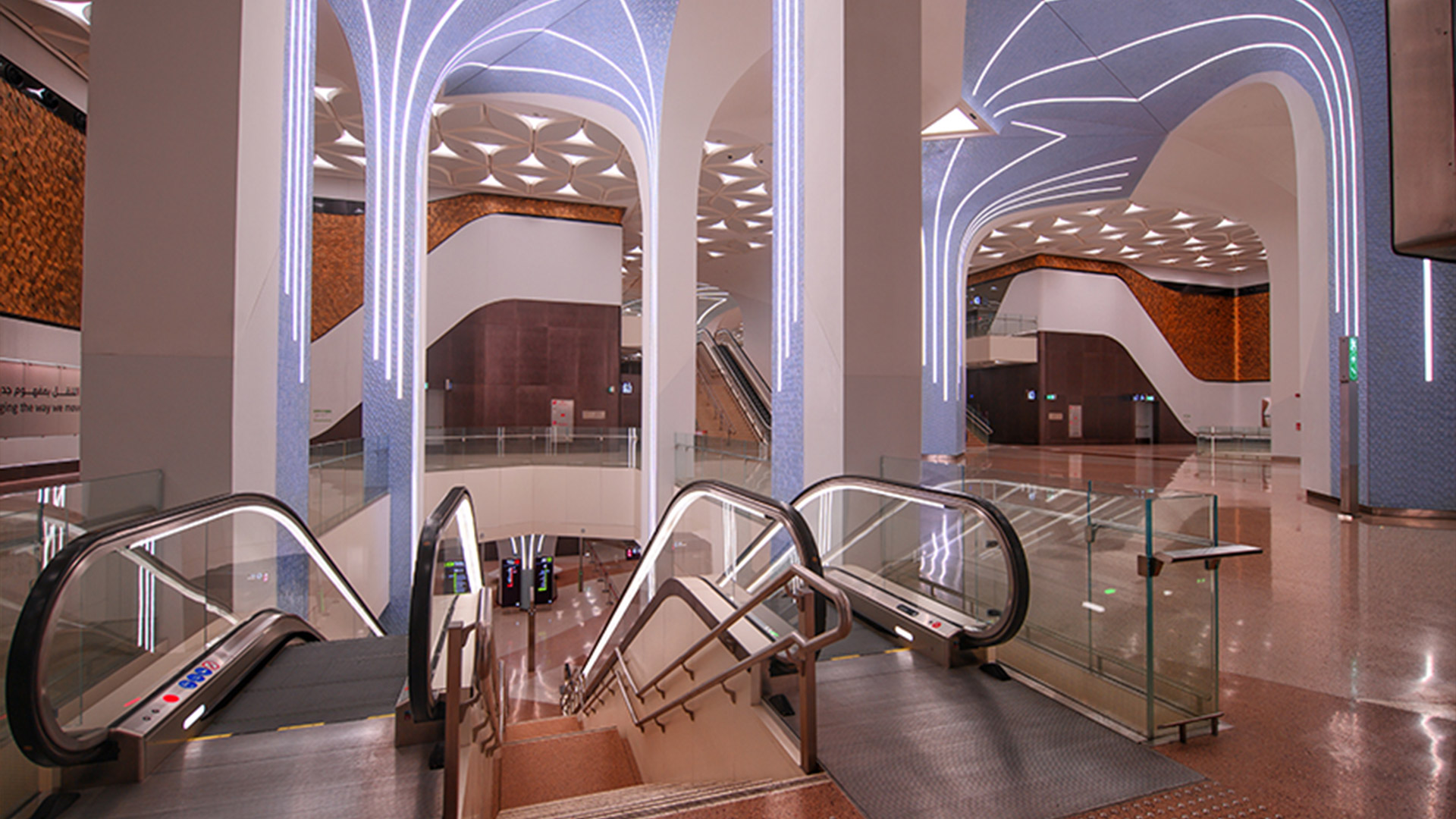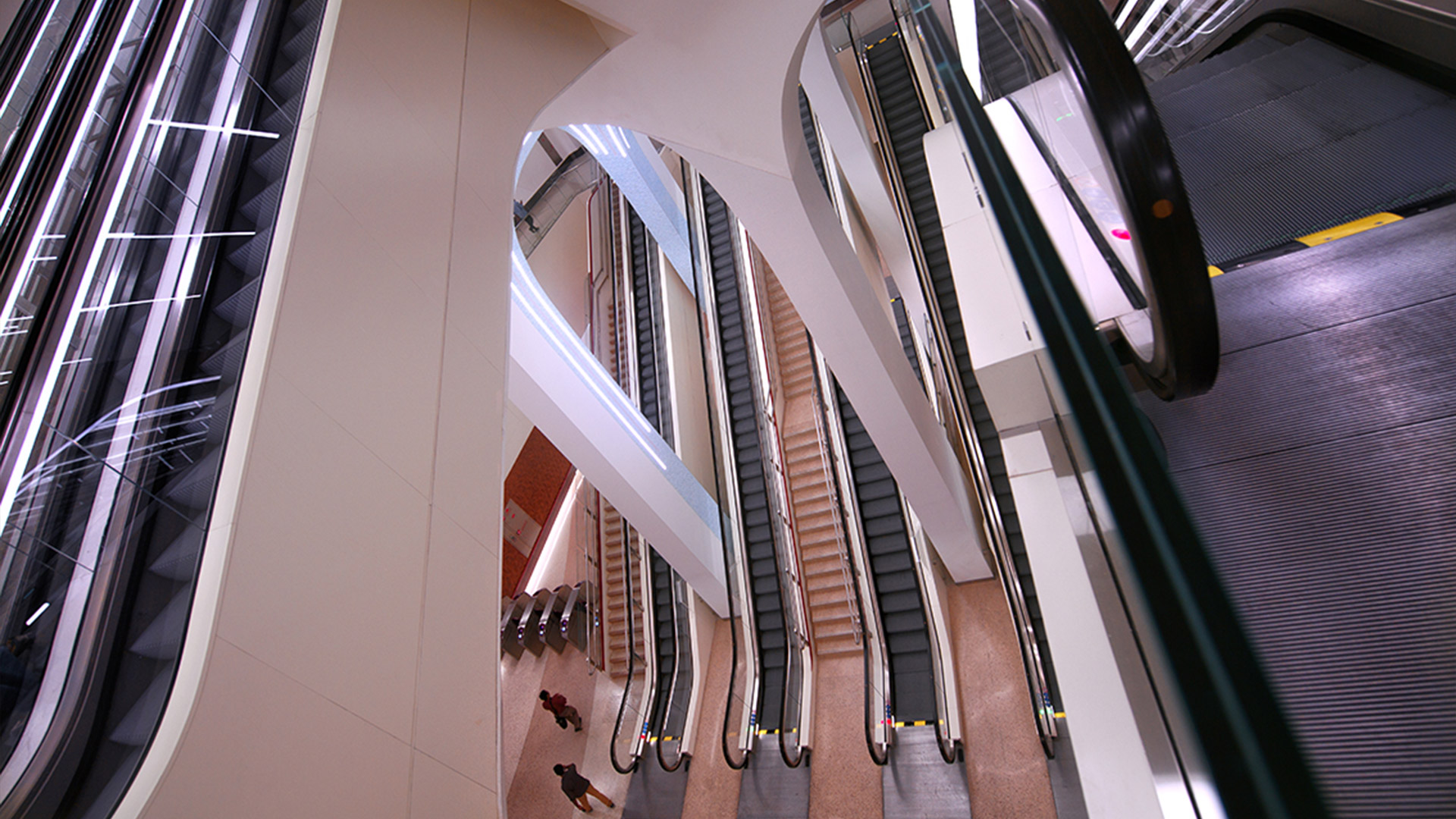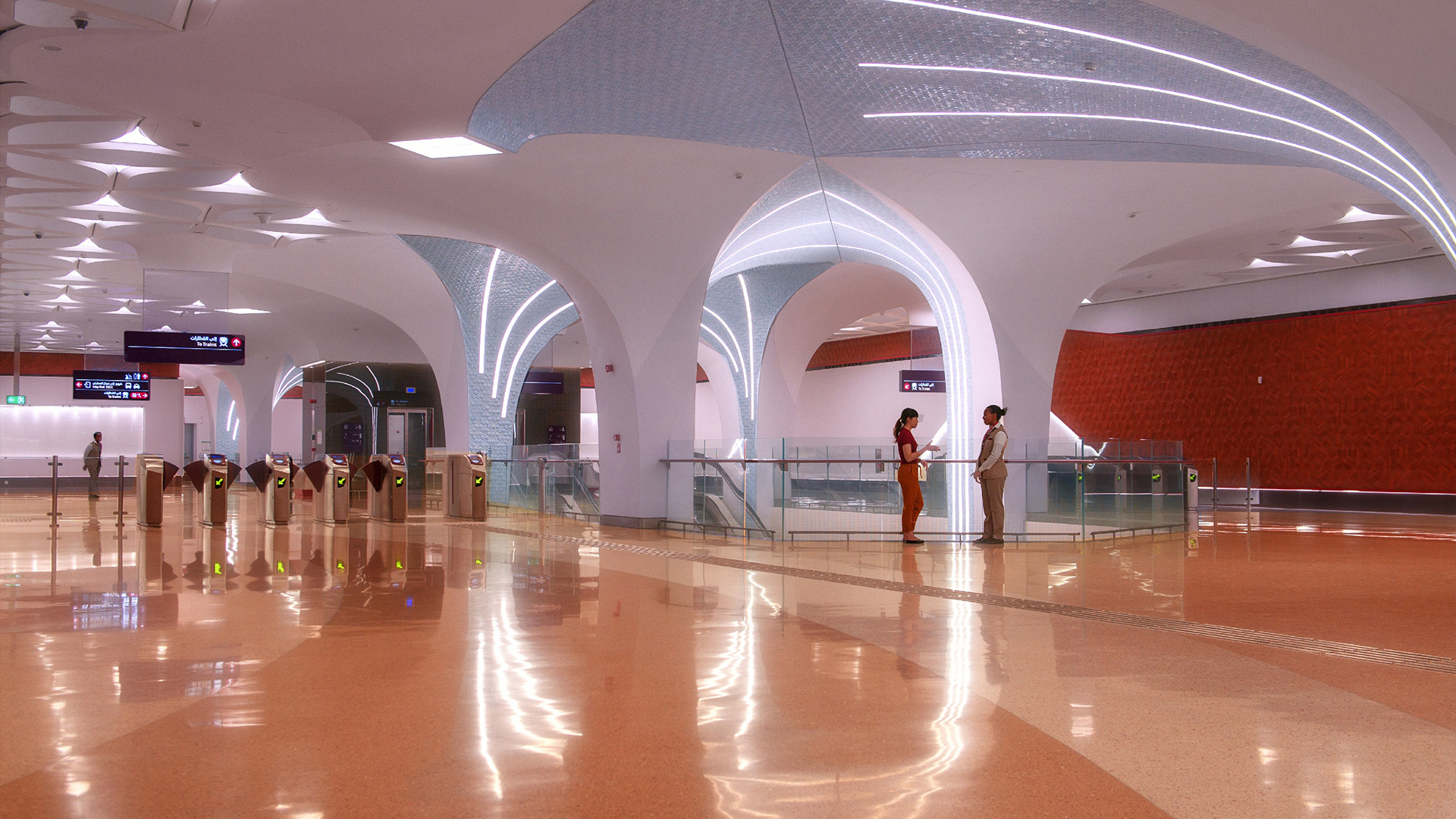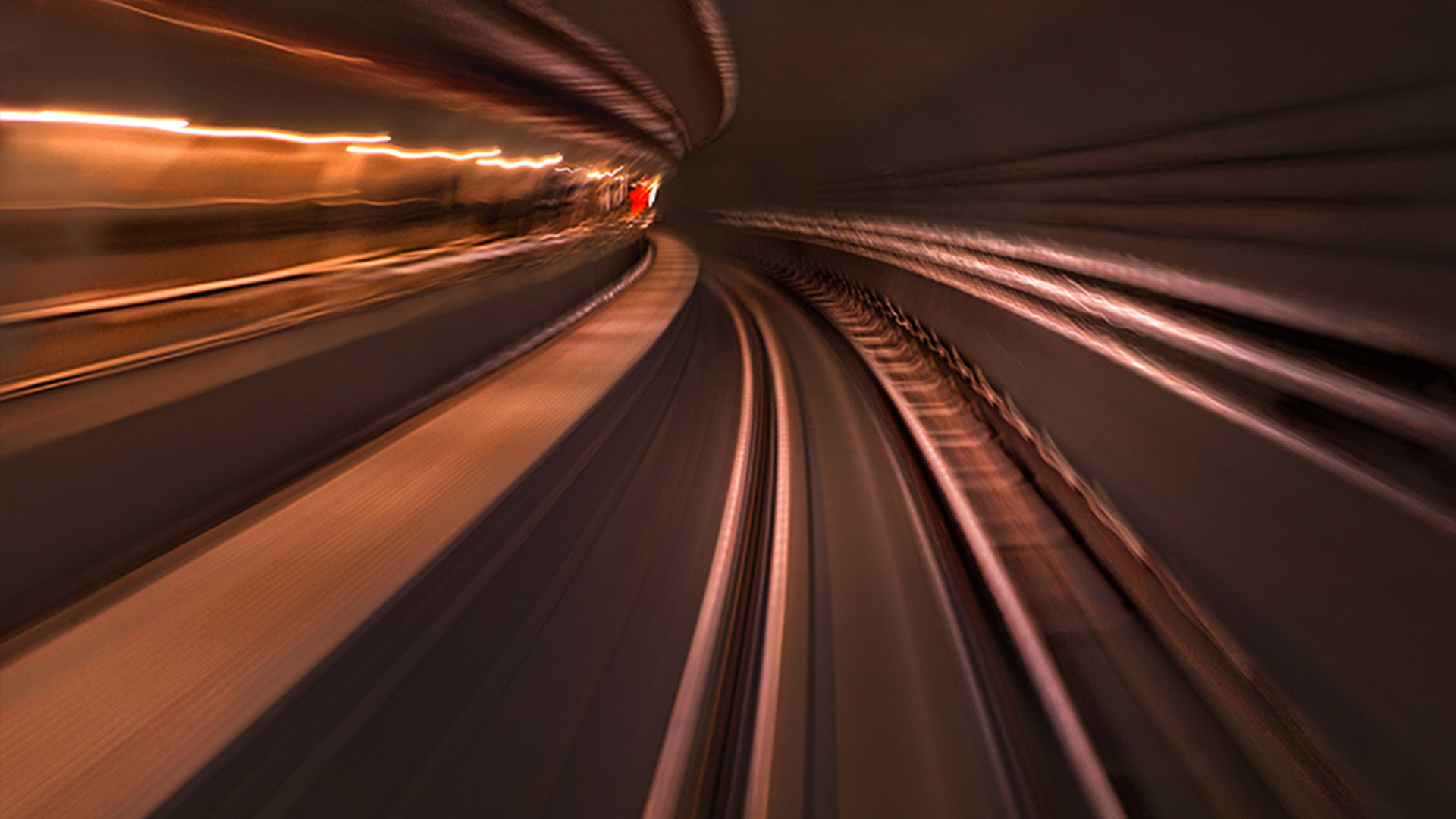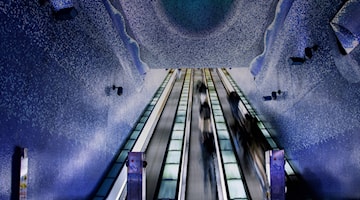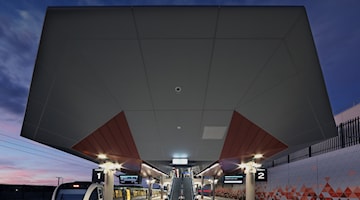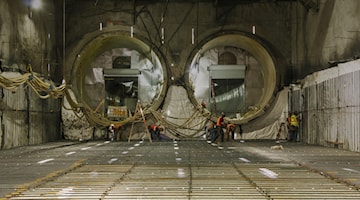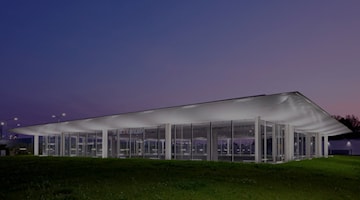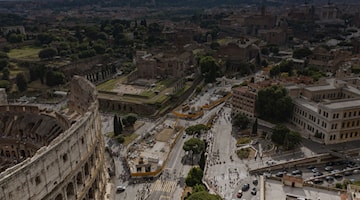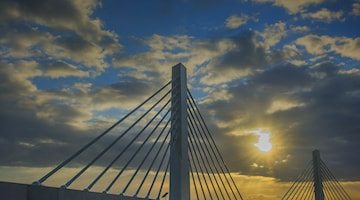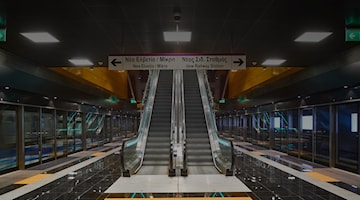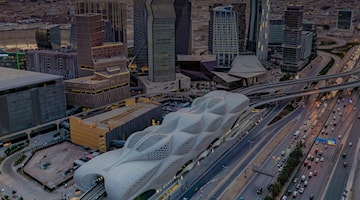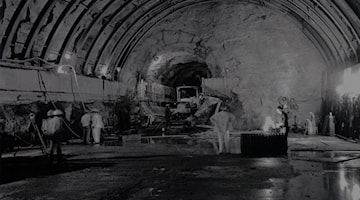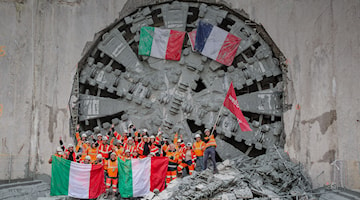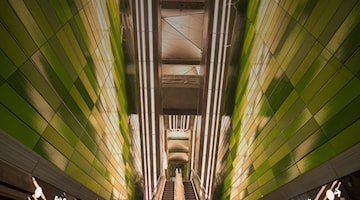The Milan method… In Doha!
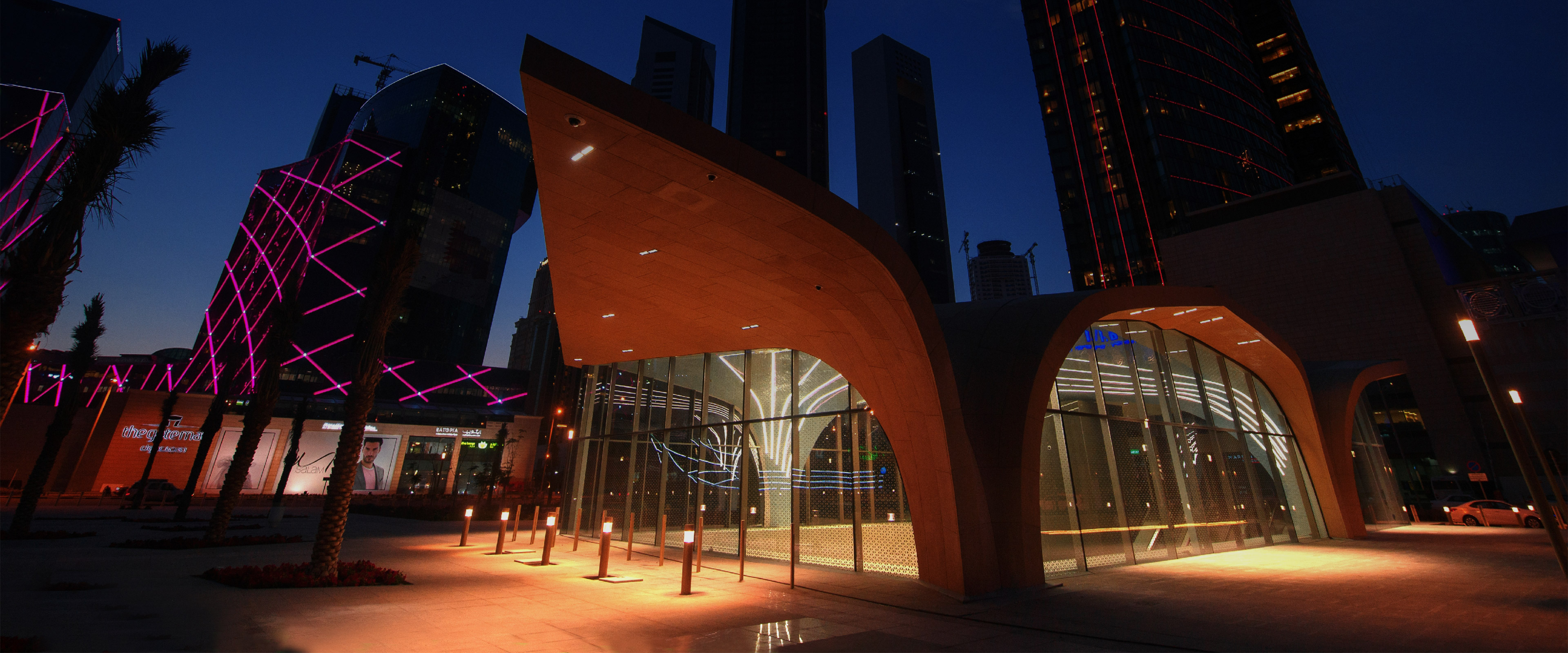
RED LINE NORTH UNDERGROUND - DOHA METRO SYSTEM, QATAR
Once a tiny pearl fishing village overlooking the Persian Gulf, today it is the capital of Qatar: a fast-growing desert metropolis with an estimated population of around 2.4 million in 2024 and an enchanting mix of skyscrapers, a modern artificial island, traditions and ancient architecture.
Dotted with museums, shopping centres, entertainment venues and splendid beaches, it is easy to travel and move around the city on the Doha Metro System: three lines active and a fourth under construction (which will be operational by 2030), for 80 km and 37 stations that connect the heart of the city to the peripheral areas. The flagship of this essential infrastructure is the Red Line North Underground: two tunnels (one in each direction) 35 metres down and running for about 13 km, from Mushaireb station north and vice versa, interspersed with seven new underground stations.
Stations were built, instead, by using the cut-and-cover method, a minimally invasive technique, which is useful in busy urban environments. It was studied in the late 1950s, and also known as the Milan Method (because it originated with the construction of Line 1 of the Milan subway).
The Red Line North Underground is helping to eliminate an estimated 215,000 car trips and 85,000 tonnes of CO₂ emissions annually — a significant step toward greener urban mobility. A major environmental benefit, further enhanced by new surface-level cycling and pedestrian routes, earned the project the Qatar Sustainability Awards in 2017 and the RoSPA Silver Award in 2018 for its outstanding health and safety performance.
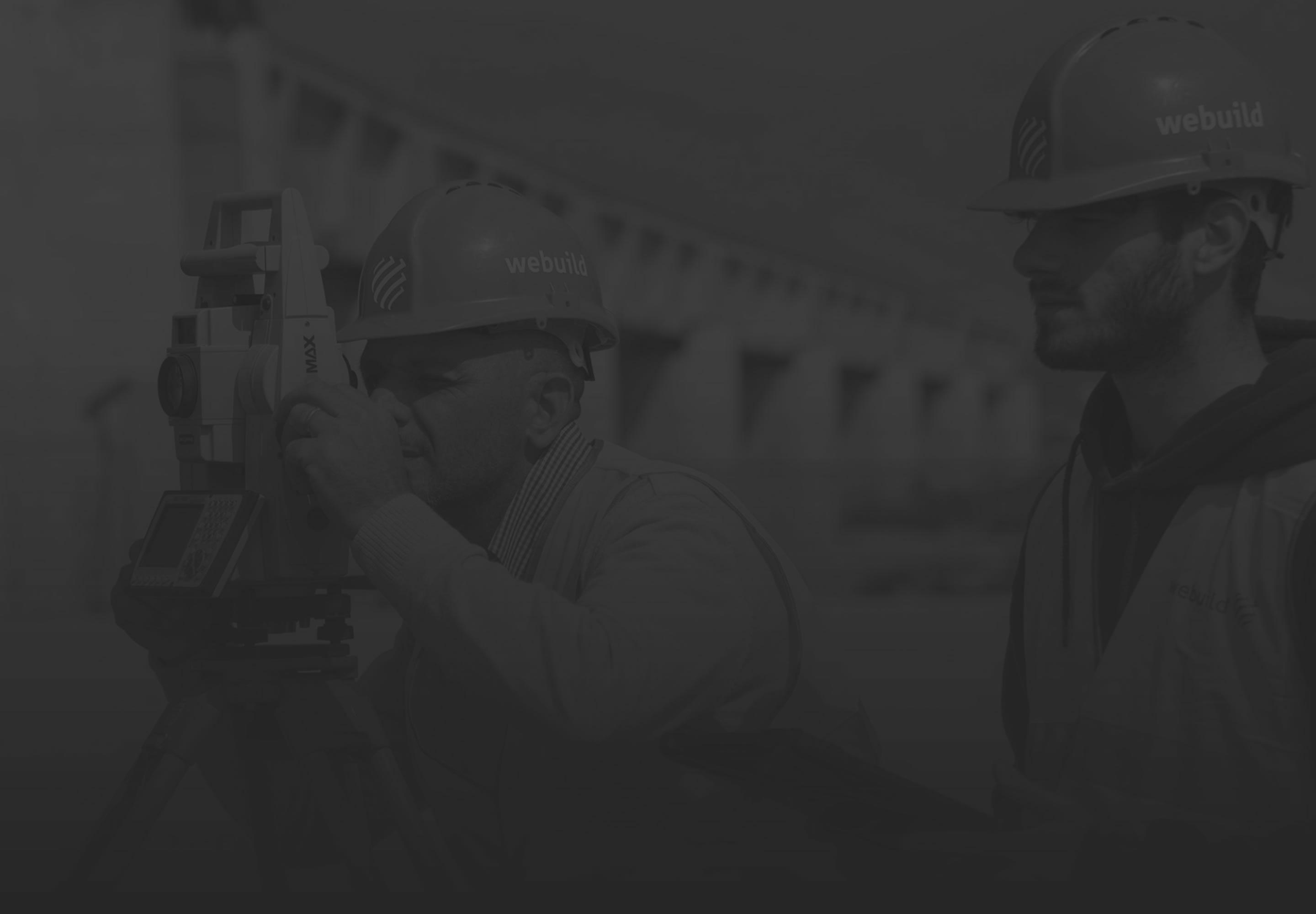
THE WORK AND THE TECHNIQUE
KM LENGTH
KM LENGTH OF TUNNEL EXCAVATION
M TUNNEL DIAMETRE
STATIONS
M³ STATION EXCAVATIONS
M³ TUNNEL EXCAVATION
M³ TOTAL EXCAVATIONS
M³ RECOVERED EXCAVATION MATERIALS
M³ CONVENTIONAL CONCRETE
Qatar Rail
ISG Joint venture Salini Impregilo (lead contractor 41.25%) then merged into the Group today called Webuild, SK Engineering & Construction Company, Galfar al Misnad.
Qatar Sustainability Awards (2017)
RoSPA Silver Award (2018)
Doha's 'Red Line North Underground' and three other metro lines are part of Qatar National Vision 2030, a project drafted by the country to diversify its economy and become less dependent on the sale of its oil and gas deposits.
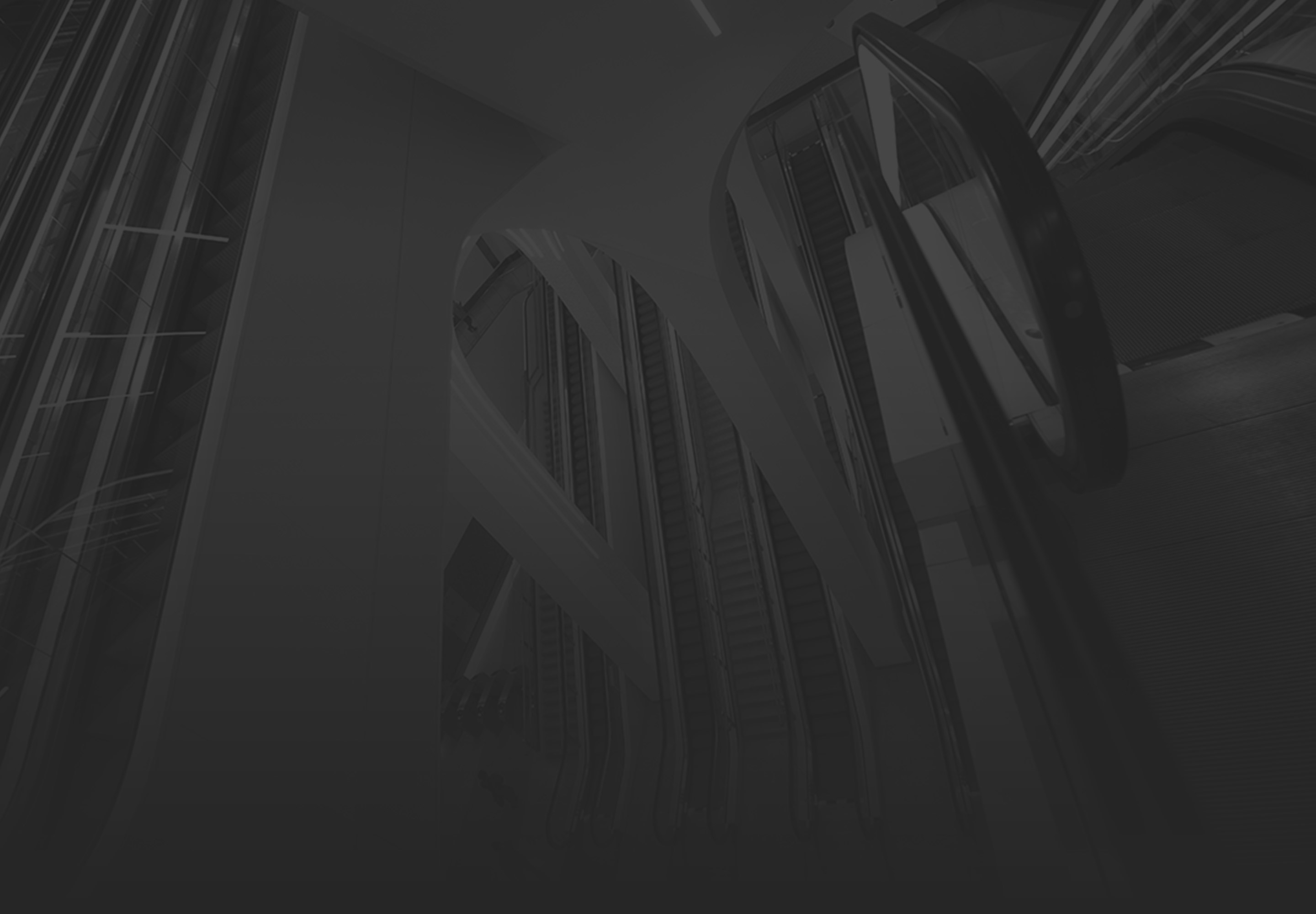
CULTURAL INSIGHTS

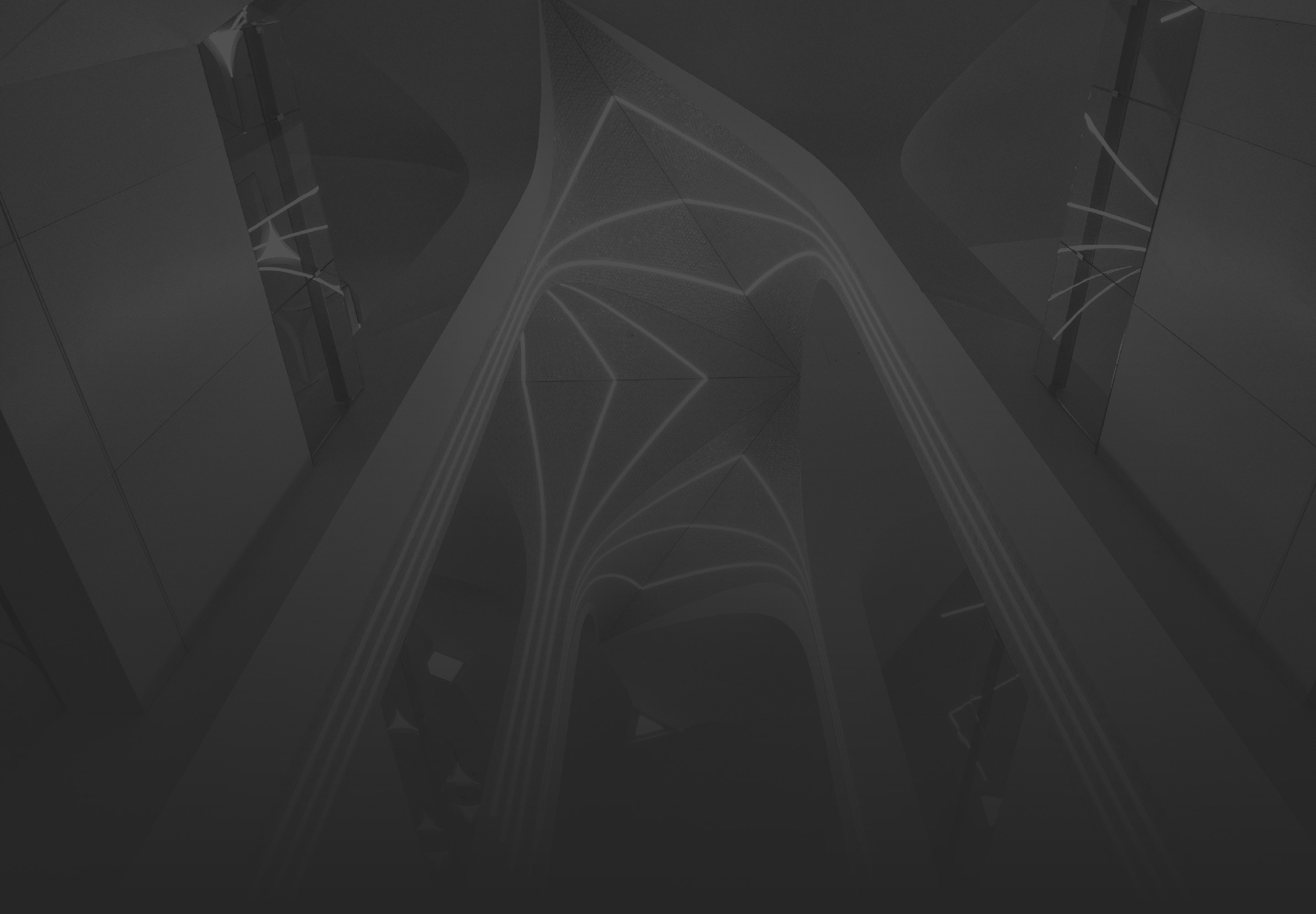
The Doha Metro and its sustainable impacts
Doha's population has grown considerably in recent years. And according to the latest estimates, the city will maintain a significant growth rate in the next decade (10.74 percent until 2030): it has increased by just under 1%, annually, in the last 20 years.
Doha, alongside its the population growth, has observed a rapid increase in the population density rate, from 56 people per square kilometre in 2000, to 240 in 2020, with a parallel growth in the number of registered vehicles that were 1,701,346 in 2020.
For these reasons, there is often traffic congestion, with an average of 22 hours per year over 110 halted in the traffic, while other sources even say that these hours are 42 and not 26. Heavy traffic directly affects air quality, which is significantly below global standards in Doha, despite the city's seaside location, often buffeted by strong coastal winds.
As such, the concentration of PM2.5 (fine particulate matter) is currently 1.8 times greater than the annual guideline value provided by the WHO to measure air quality: a figure strongly affected by the high number of vehicles circulating day and night along the capital's streets. Fundametally important is the metro's role and its sustainable impact in Doha.






